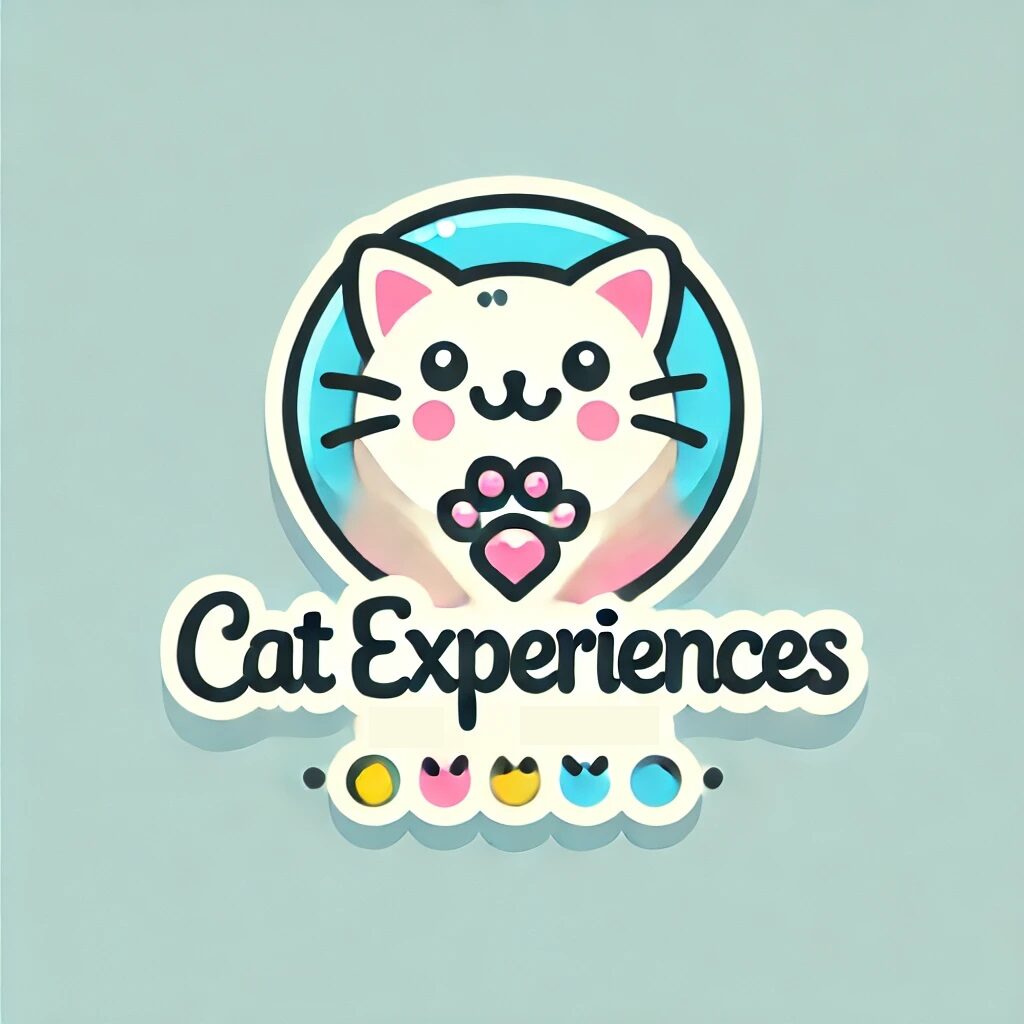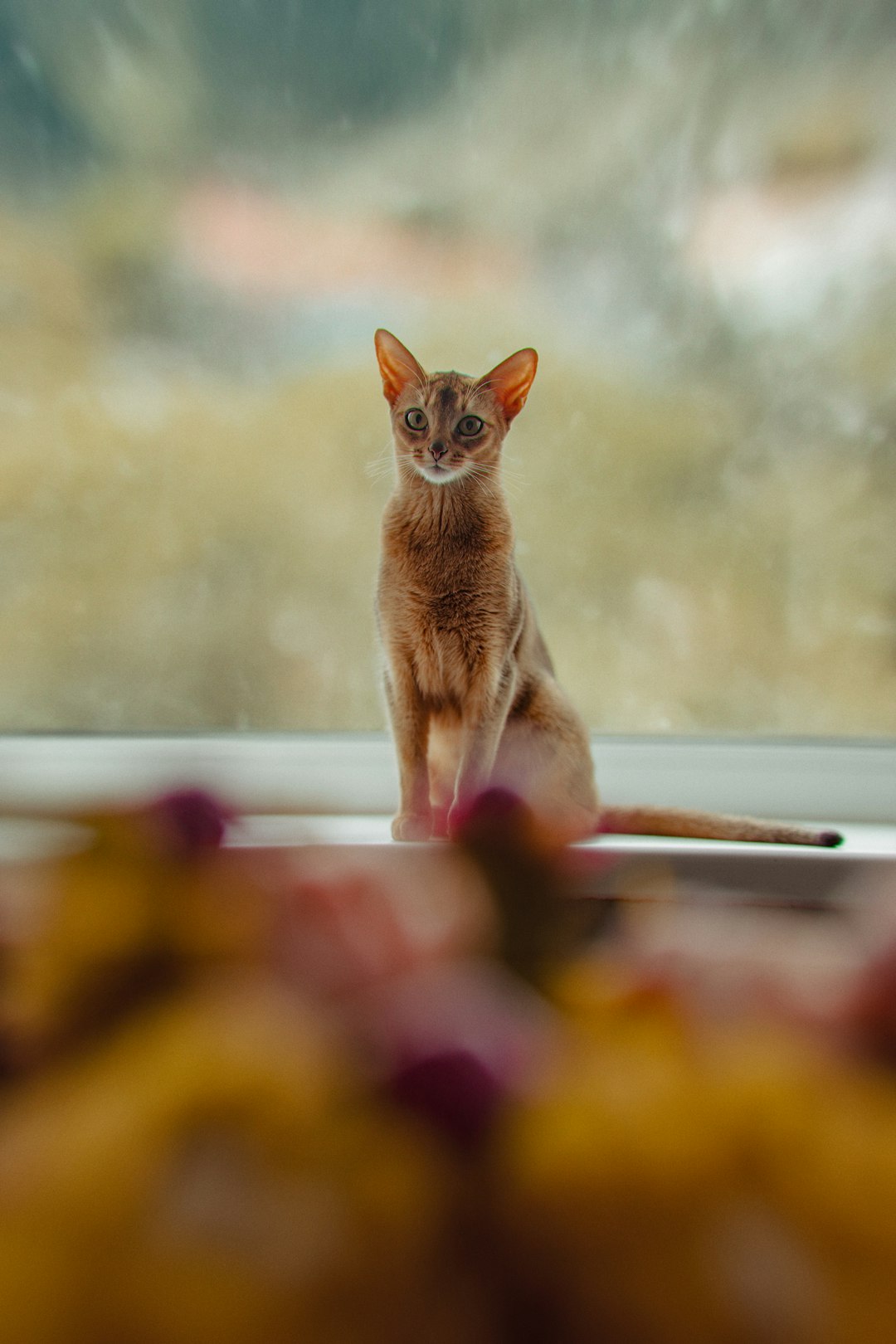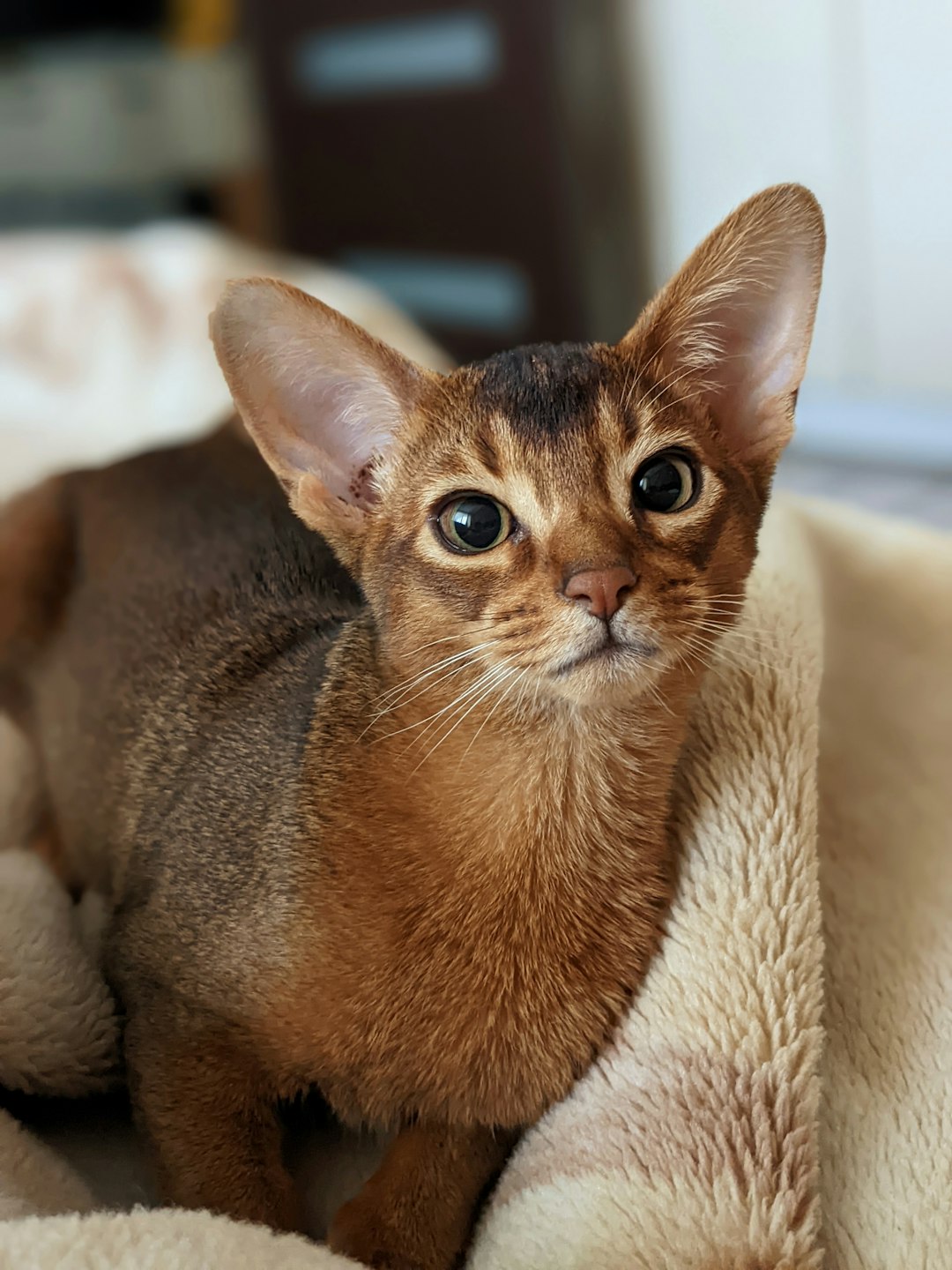If you’ve ever been smothered by a furry tornado that purrs like an engine, congratulations! You’ve met your first domestic longhair cat. These fluffy felines not only grace our homes with their majestic manes, but they also come with their own set of care instructions—like a shampoo bottle that only works if you sing the right song. As we dive into the intricate world of our longhaired companions, prepare for a whisker-filled adventure full of quirks, grooming tips, and enough fur to knit a sweater!
Overview of Domestic Longhair Cats
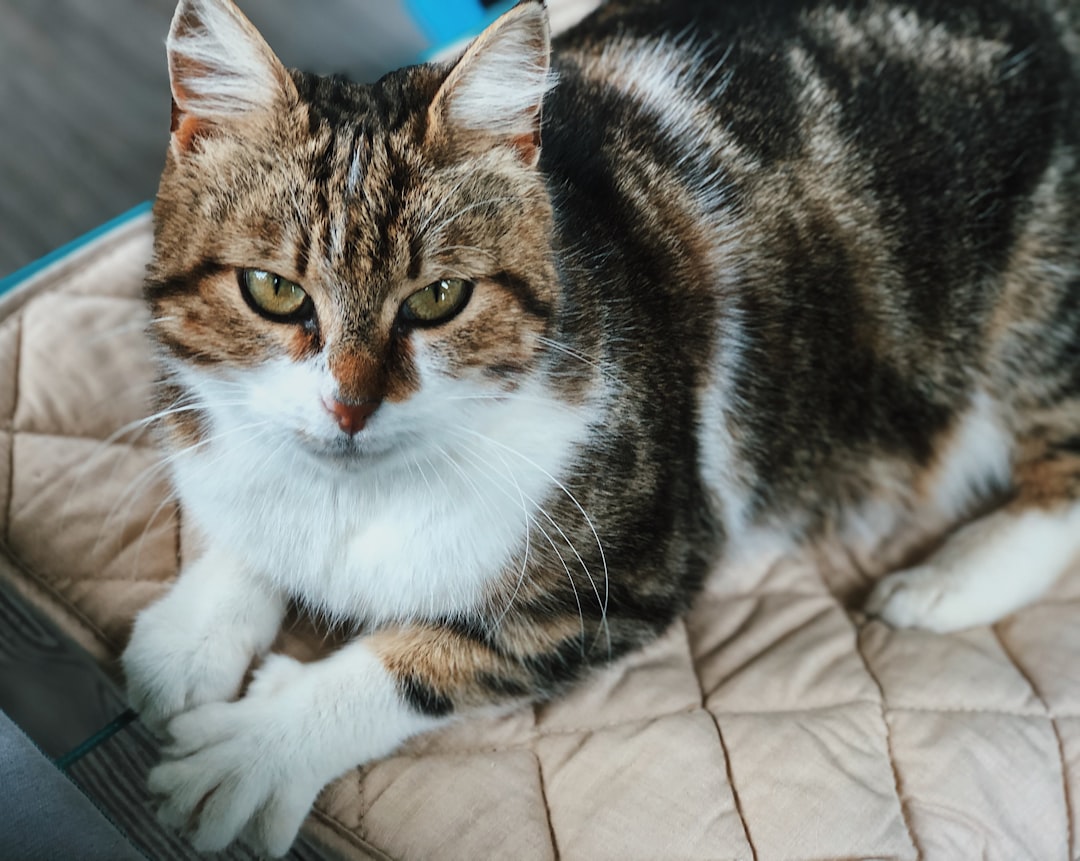
Ah, the domestic longhair cat—the majestic fluffballs of the feline world! Picture this: you have a cozy sofa, a good book in hand, and suddenly, your domestic longhair cat decides to make that very spot its throne. Yes, they possess a regal air and can effortlessly elevate any room with their luxurious fur!
Here are some charming tidbits about these magnificent creatures:
- Fluffy Features: With a coat that can make a rabbit jealous, domestic longhair cats come in a variety of colors and patterns, making each one unique and fabulous.
- Purrsonalities Run Wild: Generally friendly and laid-back, these cats enjoy socializing. They might just join you for a movie night—popcorn not included.
- Playful Prowess: Don’t let that fluffy exterior fool you! They can switch from lounging diva to agile ninja in a heartbeat when playtime rolls around.
In essence, a domestic longhair cat isn’t just a pet; they’re your fuzzy roommate with a penchant for drama and love! So, ready to embrace the fluff and character of these delightful companions? Get your grooming tools ready—it’s a wild ride ahead!
Common Characteristics and Temperament
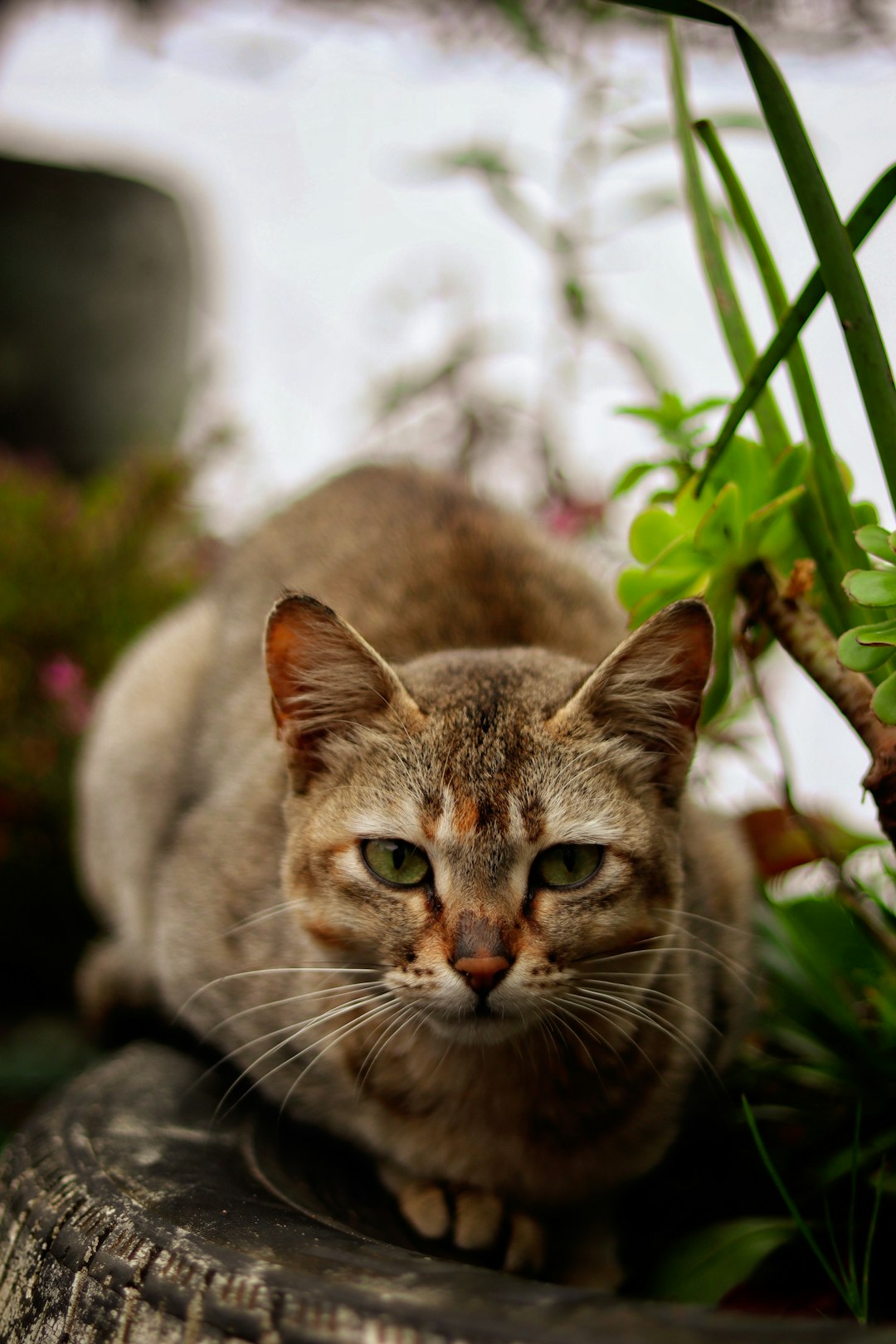
Ah, the delightfully fluff-tastic domestic longhair cat! These cuddly furballs are not just a pretty face; they come with a personality to boot. Here’s what makes them charmers:
- Affectionate Nature: Domestic longhair cats love to cuddle. They’ll curl up on your lap like it’s the throne of an emperor. Get ready for endless purring and potential drooling!
- Playful Energy: These cats can go from napping to ninja mode in seconds. Expect them to leap from the couch as if launched from a slingshot, chasing imaginary foes (or your shoelaces).
- Vocal Opinions: Your domestic longhair cat won’t be shy about telling you how they feel. Prepare for a series of meows, chirps, and even judging glares.
- Independently Curious: They enjoy a good exploration mission. Whether it’s a mysterious sock or a shadow on the wall; nothing escapes their curious gaze.
With their heart-melting personalities and elegant fur coats, domestic longhair cats make purrfect companions. Remember, they’re not just cats, they’re furry little therapists!
Essential Care Requirements
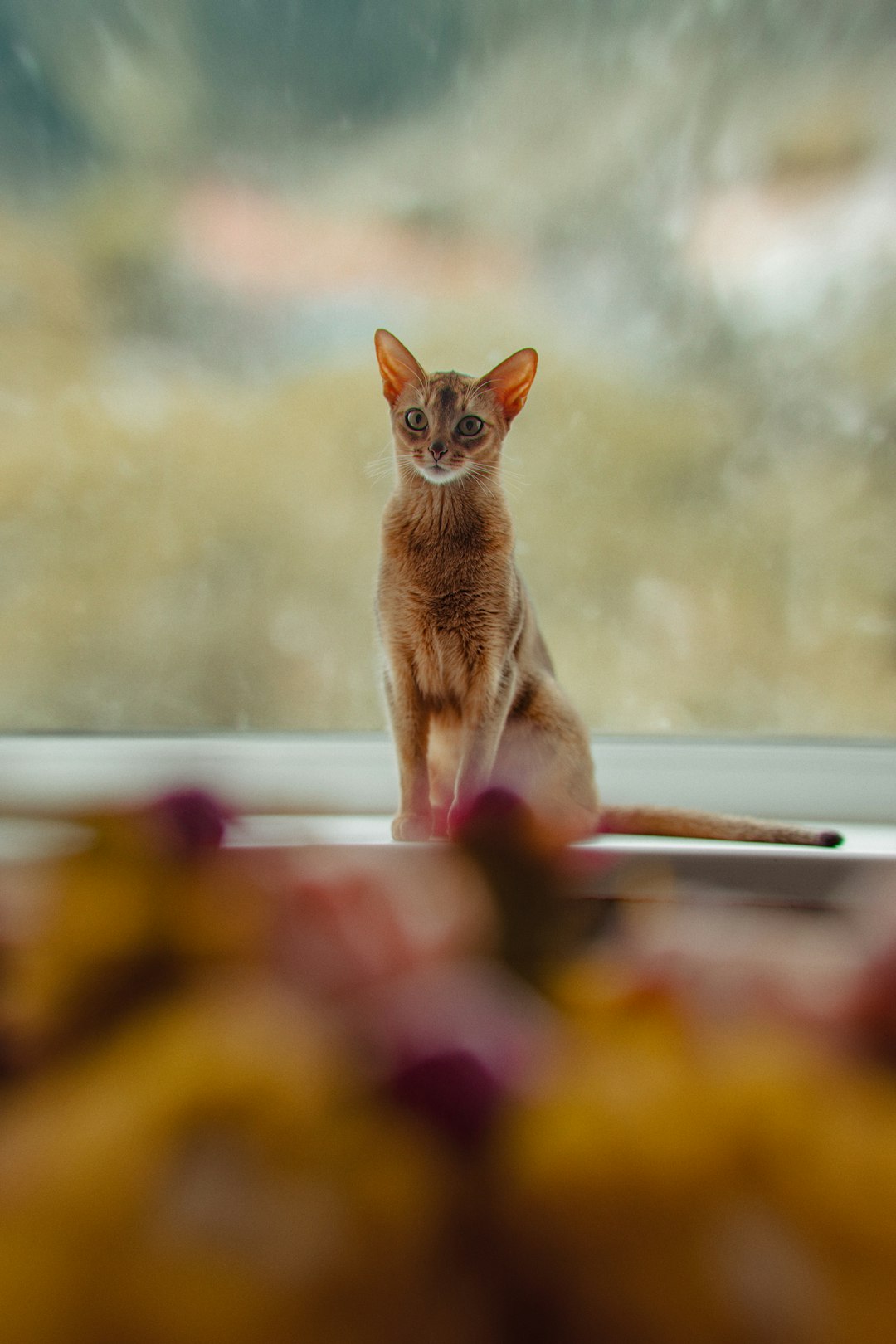
Taking care of a domestic longhair cat might seem like a piece of cake, but hold onto your catnip! These fluffy furballs have some unique needs. Here’s a purr-fectly funny list of essentials:
- Food: Go for high-quality cat food. Think gourmet, not cardboard! Your domestic longhair cat deserves the best.
- Water: Hydration is key. Make sure that water bowl stays full—unless you want to witness your furry friend dramatically knocking it over, of course!
- Litter Box: A clean litter box is a must. No one likes a smelly throne! Scoop daily to keep their royal rear clean and fresh.
- Playtime: These cats enjoy a good romp! Engage in daily play sessions to keep them active. Who doesn’t love an impromptu chase after a laser pointer?
- Vet Visits: Schedule regular check-ups. Your domestic longhair cat can’t complain about a tummy ache, so being proactive is crucial.
In summary, keeping your fur baby happy and healthy is all about meeting their needs. Remember, with great fluff comes great responsibility!
Feeding and Nutrition Tips
Feeding your domestic longhair cat is like preparing a gourmet meal for a picky toddler – it’s an event filled with negotiation and a dash of creativity! Here’s how to ensure your fluffy friend remains happy and healthy:
- Quality Over Quantity: While your domestic longhair cat might have eyes like saucers when dinner time rolls around, it’s essential to prioritize high-quality cat food over quantity. Look for brands with real meat and minimal fillers!
- Hydration Station: Always have fresh water available. Did you know cats can be divas about their hydration? A fancy water fountain can be a game-changer to lure them in for a sip!
- Portion Control: Overfeeding can lead to a hefty cat! Follow package recommendations – but still, bribing with treats is a slippery slope!
- Diversity in Diet: Mix it up! Consider incorporating wet food into their meal plan for added moisture (and excitement). Your domestic longhair cat will appreciate the variety, and their palate will thank you!
Following these tips can help keep your domestic longhair cat fit and fabulous! Who said you can’t have a diva who’s also a health nut? Happy feeding!
Grooming Techniques and Tools
Grooming your domestic longhair cat is like performing a spa day for your furbaby—minus the cucumber slices and relaxing music. With all that glorious fluff, your cat transforms into a magnificent furball! Here’s how to keep that beauty from turning into a matted mess:
Essential Grooming Tools:
- Slicker Brush: For removing loose fur and preventing tangles.
- Wide-Toothed Comb: To de-shed without the drama.
- Grooming Gloves: Because who doesn’t love a good pet pampering session?
Grooming Techniques:
- Brush Regularly: Aim for at least 3 times a week. Trust me, it’s better than finding fur tumbleweeds on your floor!
- Take It Slow: Use gentle strokes. Your domestic longhair cat will appreciate your tender touch—and it helps avoid injuries, too.
- Check for Mats: Spot a mat? Don’t panic! Either carefully tease it apart with a comb or snip it out with scissors. No cat wants those pesky tangles!
So grab your tools and let the grooming games begin! Remember, a well-groomed domestic longhair cat is a happy cat—who might even reward you with some extra purring.
Health Considerations and Veterinary Care
Taking care of your domestic longhair cat isn’t just about pampering them with cozy beds and endless belly rubs—though, let’s be honest, that’s a big part of it! You also need to keep an eye on their health to ensure they don’t turn into furry little drama queens.
Here’s what you need to consider for their well-being:
- Regular Vet Visits: Just like you wouldn’t skip your dentist appointment (hopefully), your domestic longhair cat needs check-ups. Yearly visits keep those claws sharp and the purrs coming!
- Vaccinations: Keep them protected from dastardly diseases. A well-vaccinated cat isn’t just cute; they’re a strong superhero in disguise!
- Watch for Warning Signs: Is your cat suddenly less enthusiastic about chasing that laser pointer? They might need a health check. Signs like lethargy, loss of appetite, or a change in litter box habits should make you go, “Hmm…”
- Dental Care: Yes, cats need fresh breath too! Brush their teeth or provide dental treats to avoid that “cat breath” that makes you question your life choices.
Remember, a healthy domestic longhair cat means more cuddles—and who doesn’t want that?
Creating a Comfortable Environment
Creating a cozy paradise for your domestic longhair cat is essential for feline happiness and, let’s be honest, it’ll save your sanity too! Here’s how you can transform your humble abode into a purr-fect haven for your fluffy friend:
- Comfy Spots: Scatter soft blankets and cushions around the house. Your domestic longhair cat will thank you by turning these into napping zones—bonus points if they choose your laundry pile!
- Scratching Stations: Install scratching posts or pads. Trust us, your couch will thank you. A well-placed scratching post is like a spa day for your cat.
- Escape Routes: Cats love vertical space. Provide perches or cat trees so your domestic longhair can oversee its kingdom from above—because who wouldn’t want a furry overlord?
- Hide-and-Seek Places: Create fun hideaways like boxes or tunnels. Your cat will enjoy its own little adventure park right at home.
- Chill Zones: A sunny windowsill is like a five-star resort. Make sure to position its favorite lounging spot in a sunny area.
In short, a comfortable environment makes your domestic longhair cat happier and may just lead to fewer “love bites” on your ankles!
Creating a Comfortable Environment
Creating a cozy haven for your domestic longhair cat is essential—after all, they deserve the royal treatment! Think of their space as a fluffy five-star resort. Here’s how to create the purr-fect setting:
- Soft Bedding: Buy a cushy bed that’s large enough for those fabulous long locks to stretch out. Cats love to burrow, so pick one with a raised edge.
- Purr-sonalized Space: Set up a designated area filled with toys, scratching posts, and sunbeams. This ensures your feline friend has a spot to unleash their inner lion!
Temperature Control: Domestic longhairs can get hot under all that fluff. Create a cool lounging area with access to shade or a breeze. Bonus points for a small fan that makes them feel like they’re on a tropical vacation!
Feature Essential for Domestic Longhair Cat Soft Bedding ✓ Purr-sonalized Space ✓ Temperature Control ✓
So, let your domestic longhair cat strut their stuff in a space that screams comfort, and watch them become the most pampered feline in town!
Frequently Asked Questions
What is a Domestic Longhair Cat, and are they really as fluffy as they look?
Oh, absolutely! Domestic Longhair Cats are like the supermodels of the feline world. They can have fur that looks so luxurious, it’d put cashmere to shame! These fluffy wonders are a mix of various breeds without a defined standard, hence the unique (and sometimes wild!) looks. If you want a personal fluff ball who doubles as a walking carpet, they are perfect for you!
How often should I groom my Domestic Longhair Cat to keep them looking fabulous?
Grooming a Domestic Longhair is not just a suggestion; it’s a lifestyle! Picture this: if you don’t brush them at least 2-3 times a week, they might start looking like a cotton candy explosion in a windstorm! Regular grooming helps to keep their majestic coat tangle-free and keeps those pesky hairballs at bay, which means less time cleaning your floor and more time admiring their beauty.
Do Domestic Longhair Cats shed a lot? Will I need to invest in a fur vacuum?
Oh honey, if you’re adopting one of these fluff monsters, a fur vacuum could be your new best friend! Yes, they can shed more than a small dog during summer vacation. Regular grooming can help manage the fluff disaster; just remember to keep a lint roller handy at all times, because you never know when a fur explosion might occur – it’s the price of love!
Are Domestic Longhair Cats prone to any specific health issues?
Well, like all royalty, our Domestic Longhair friends come with their own set of quirks! While they might not have hereditary issues tied to a specific breed, they can be susceptible to obesity, especially if they’re more couch potato than catnip explorer. Regular vet visits, a proper diet, and some fun playtime can keep them as healthy as their fluffy coats suggest. Who needs a cape when you have a fluff-tastic cat with all these super abilities?
